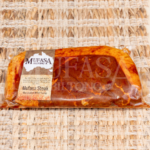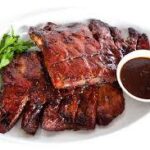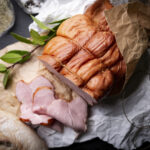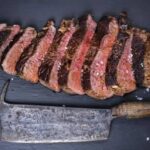Biltong
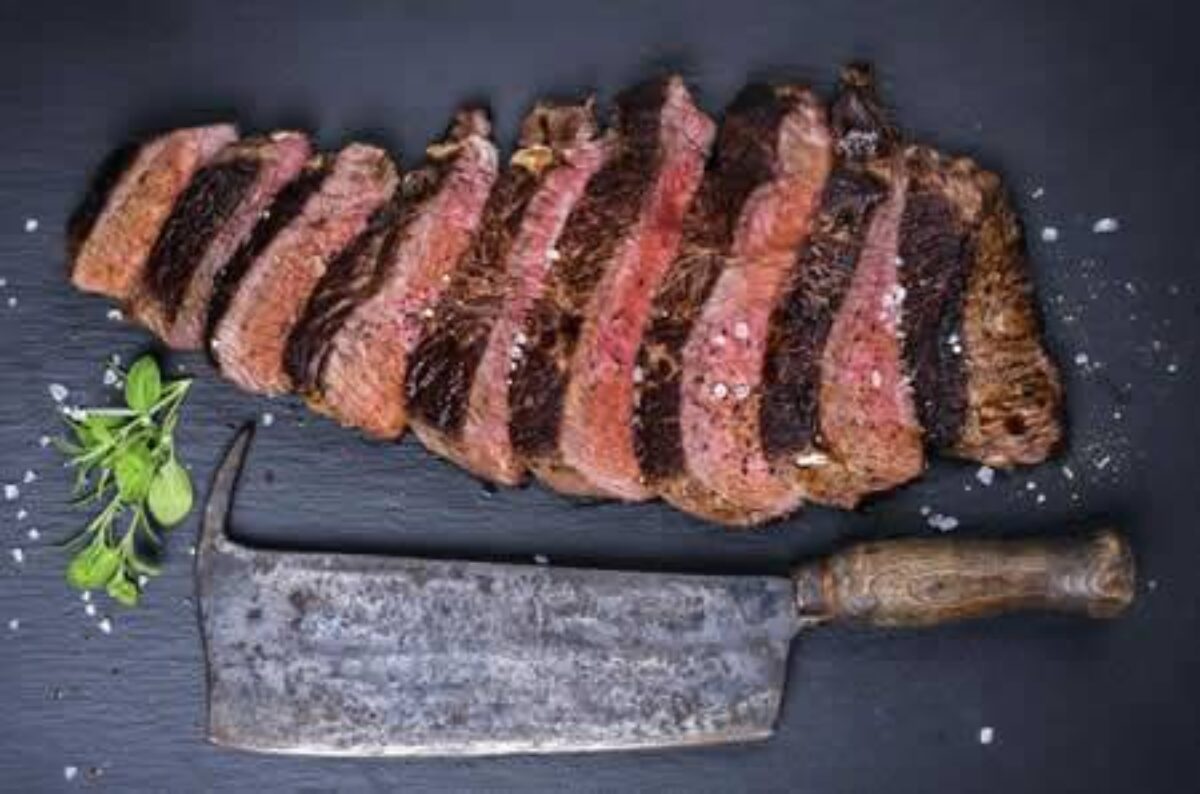
Best Meat for Biltong – Choose You Perfect Cut
Biltong, a Southern African delicacy turned global snack, owes its irresistible flavor, high protein punch, and satisfying texture to one critical choice: the meat. Unlike jerky, which is often cooked, biltong is air-dried after curing—making the cut and quality of meat the foundation of a great batch. Whether you’re crafting biltong for a protein-packed snack or a cultural tradition, selecting the best meat for biltong can make or break your results.
In this 2025 guide, we’ll cover the top beef cuts, alternative meats, key selection factors, and pro tips—everything you need for tender, flavorful biltong that stands out. Curious about our story? Check out Mufasa’s Journey to see how we have perfected this craft.
Top 5 Beef Cuts for Biltong: Ranked and Explained
Beef reigns supreme for biltong thanks to its versatility and drying properties. The best cuts balance leanness, tenderness, and flavor, avoiding excess fat (which can turn rancid) or tough connective tissue. Here’s our expertly curated list of the best beef cuts for biltong, with details to guide your choice:
Silverside
- Source: Hindquarter (upper leg).
- Why It’s Top: Ultra-lean with a fine, even grain, silverside slices cleanly and dries uniformly—ideal for traditional biltong.
- Texture & Flavor: Firm yet tender, mildly beefy.
- Best For: Classic biltong fans who value consistency—like our Biltong Lean.
- Preparation Tip: Trim any silver skin or fat to maximize shelf life (up to 6 months when stored properly).
Topside
- Source: Hindquarter, near silverside.
- Why It’s Great: Slightly softer than silverside with minimal fat, topside offers a delicate texture that’s easier to chew.
- Texture & Flavor: Subtle and tender.
- Best For: Softer biltong or beginners.
- Preparation Tip: Cut into 1-inch strips for faster drying (typically 4-6 days).
Rump
- Source: Lower back/hip area.
- Why It Works: A bit fattier but bursting with flavor, rump dries well if trimmed carefully. Its exercised muscle adds depth.
- Texture & Flavor: Firm, rich, and meaty—try it in our Biltong Fatty.
- Best For: Bold flavor seekers.
- Preparation Tip: Keep strips under 10% fat content—use a sharp knife to remove excess before curing.
Eye of Round
- Source: Rear leg.
- Why It’s Great: Lean and cylindrical, this cut simplifies slicing and ensures even drying. It’s a budget-friendly gem.
- Texture & Flavor: Dense, chewy, and neutral.
- Best For: Chewy biltong lovers on a budget.
- Preparation Tip: Marinate longer (12-24 hours) to boost flavor in this milder cut.
Sirloin
- Source: Upper loin.
- Why It’s Special: Offers premium tenderness and marbling for a juicier bite, though it requires extra trimming.
- Texture & Flavor: Tender, beefy, slightly indulgent.
- Best For: Small, luxurious batches.
- Preparation Tip: Dry at lower humidity (40-50%) to manage fat content effectively
Other Meats for Biltong
While beef is the most common choice, biltong can be made from various other meats. Each type of meat provides a unique flavor and texture:
Game Meat
- Venison: Sourced from deer, it’s lean, protein-rich (up to 25g per 100g), and carries a robust, gamey taste. Dries in 3-5 days.
- Kudu: A South African antelope with a firm texture and smoky undertones—pairs well with coriander-heavy cures.
- Eland & Springbok: Larger and smaller antelopes, respectively; both offer earthy richness and low fat (under 5%).
- Why Choose Game: Traditional in Southern Africa, sustainable, and perfect for adventurous eaters.
Poultry
- Ostrich: A red meat bird, leaner than beef (2% fat), with a mild, sweet profile. High in iron and quick to dry.
- Chicken: Riskier due to bacteria (e.g., salmonella); requires pre-cooking to 165°F (74°C) before drying.
- Why Choose Poultry: Health-conscious biltong makers seeking low-fat options—explore flavors like our Lemon and Herb Nuggets.
Pork
- Lean Pork Loin: The only viable pork option—higher fat (15-20%) demands meticulous drying and shorter storage (1-2 months).
- Why It’s Tricky: Fat content risks spoilage; not traditional but offers a softer, sweeter result—like our Bacon Biltong.
- Pro Tip: Use a dehydrator at 160°F (71°C) for safety.
Factors to Consider When Choosing Best Meat for Biltong
Picking the right meat isn’t just about the cut—here’s what experts consider:
- Fat Content: Aim for cuts with less than 10% fat. Excess fat turns rancid, cutting shelf life from months to weeks. Trim diligently!
- Freshness: Fresh meat (bright red, no graying) retains moisture and flavor better than frozen. Freezing can rupture cell walls, making biltong mushy.
- Grain Structure: Fine-grained cuts (e.g., silverside) dry evenly; coarse or sinewy ones (e.g., chuck) turn tough. Inspect before buying.
- Slicing Technique:
-
- With the grain: Chewier, traditional biltong—like our Drywors Traditional Flavour.
- Against the grain: Tender, beginner-friendly. Test both to find your preference!
Quick Biltong Preparation Guide
Want to try making your own? Here’s a simple process:
- Select: Choose a cut like silverside (2-3 lbs).
- Trim: Remove fat and sinew with a sharp knife.
- Slice: Cut into 1-inch thick, 6-inch long strips.
- Cure: Rub with vinegar, salt, and spices (e.g., coriander, pepper); rest 6-12 hours.
- Dry: Hang in a ventilated space (50-70°F, 50% humidity) for 4-7 days.
For inspiration, explore our Biltong Recipe Page.
Conclusion
The best meat for biltong depends on your taste, budget, and creativity. Silverside and topside are unbeatable for classic, lean biltong, while venison or ostrich bring bold twists. Prioritize fresh, low-fat cuts, and experiment with slicing and seasoning to craft your signature snack.
Whether you’re drying in a biltong box or a dehydrator, quality meat ensures a tender, flavorful result every time. Want it delivered? Try our Monthly Biltong Delivery or browse our Shop for more flavors. What’s your go-to cut? Let us know and start curing today!

